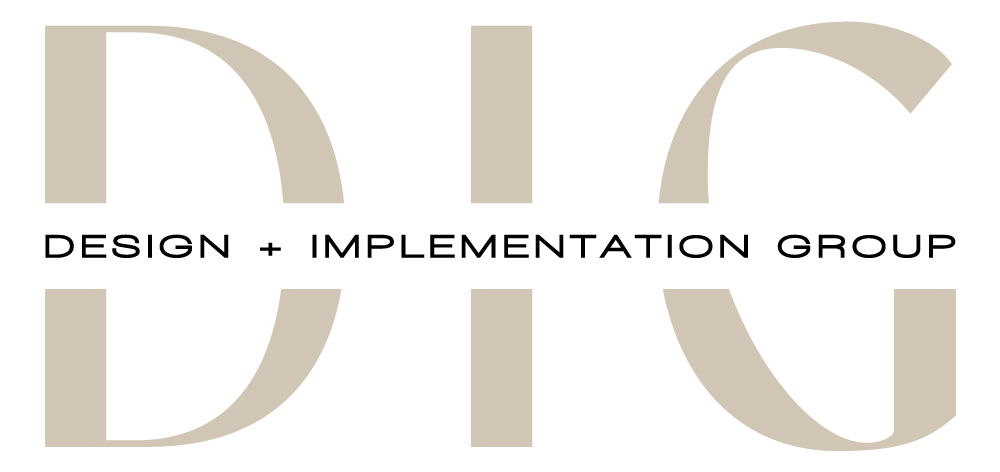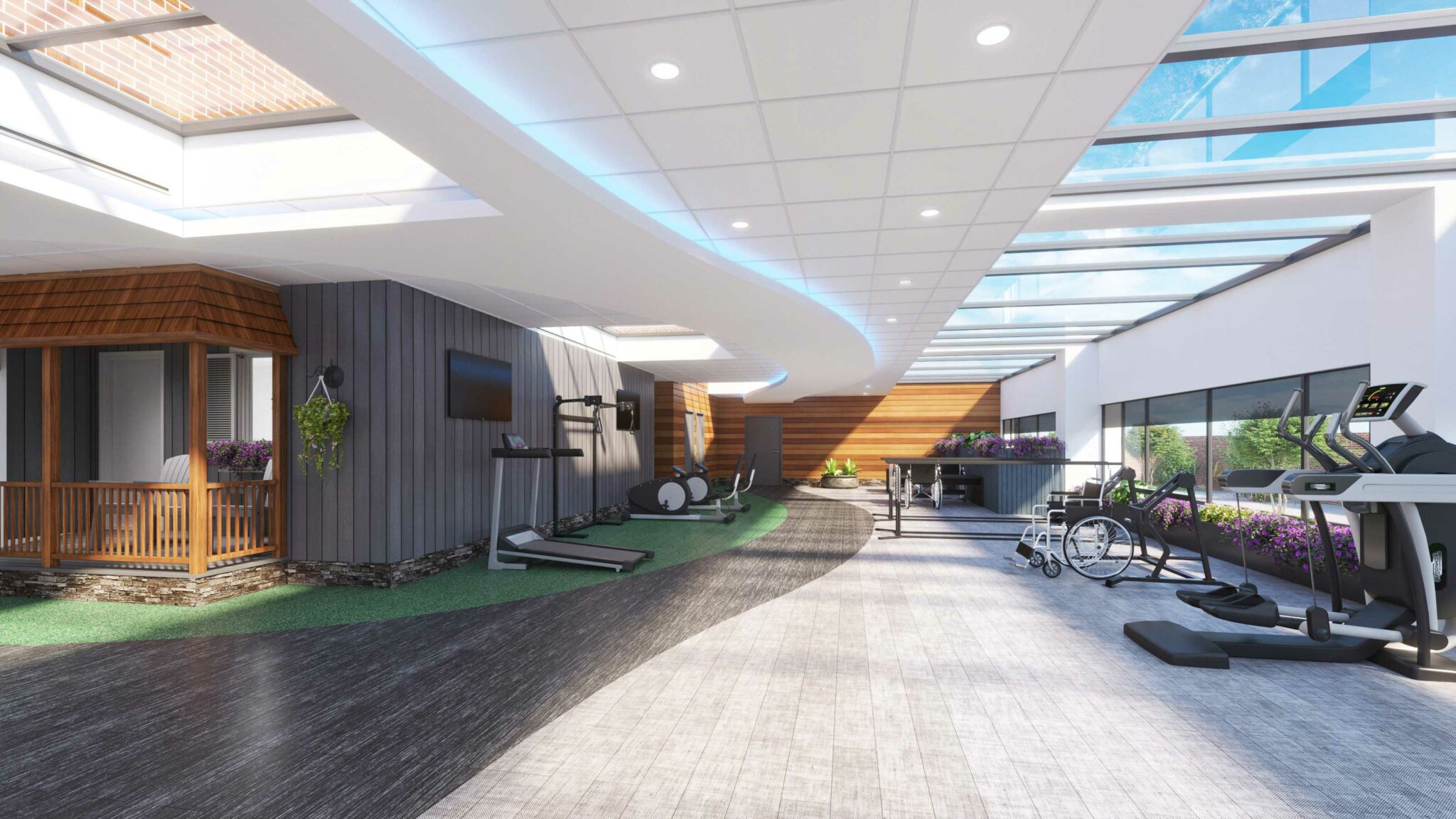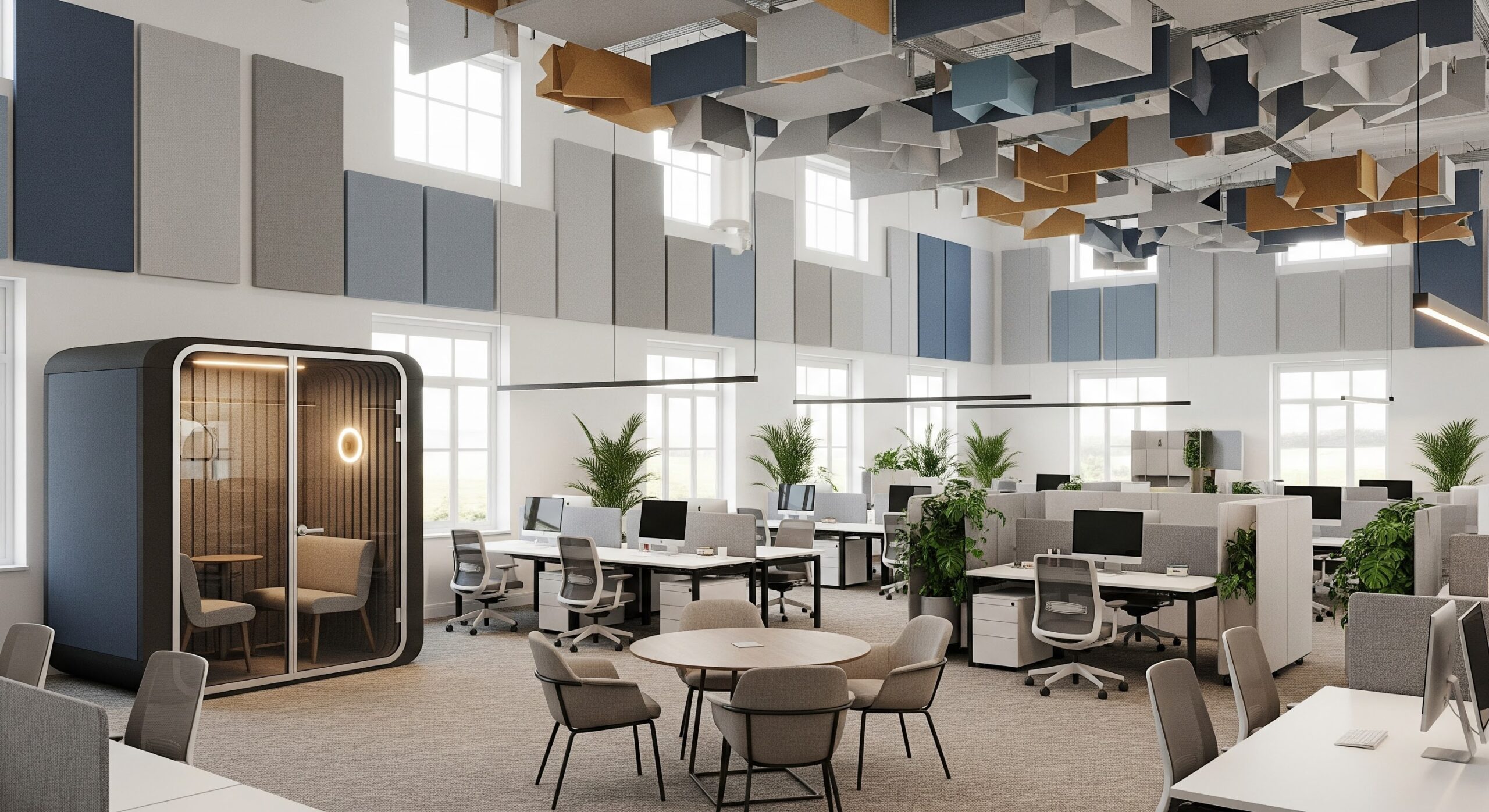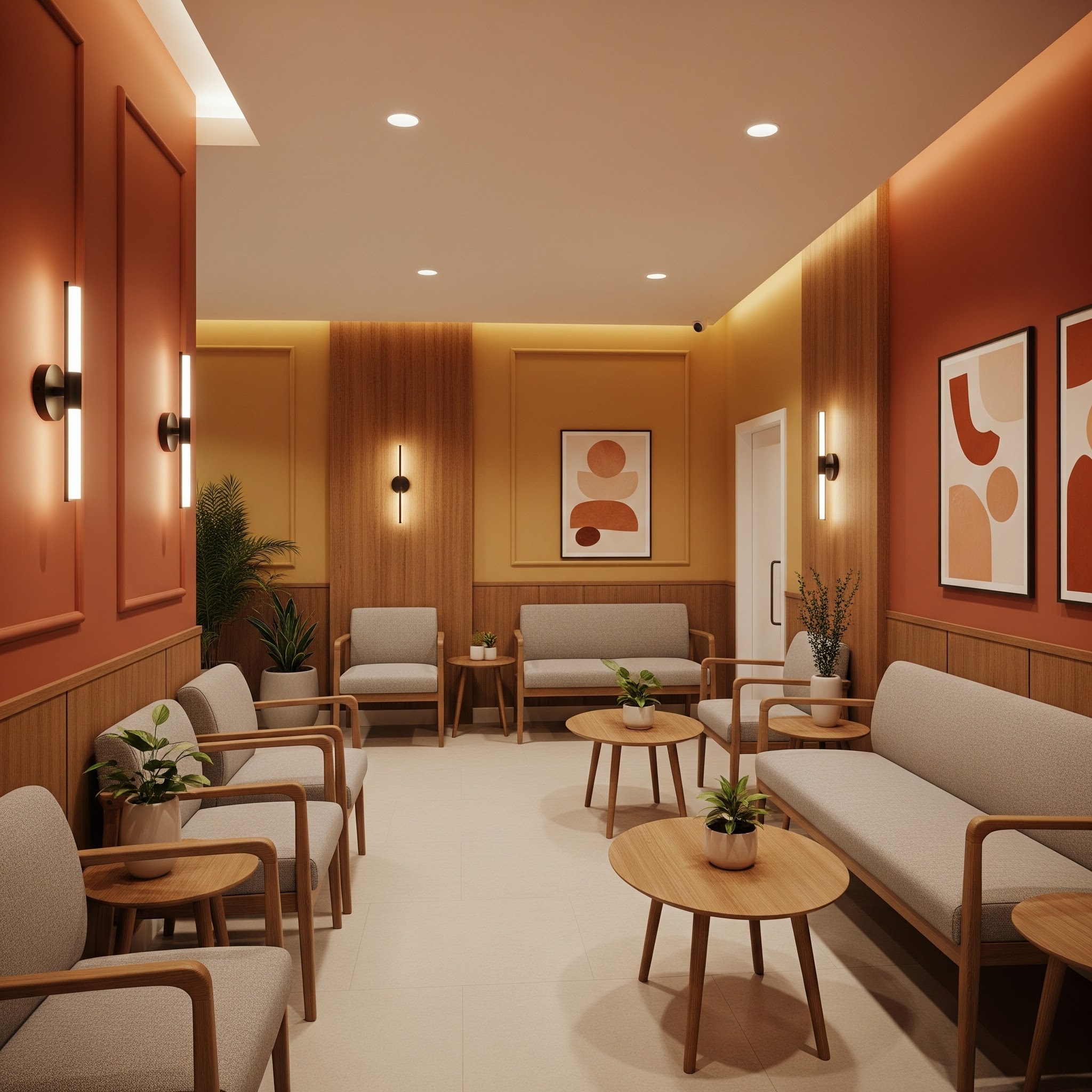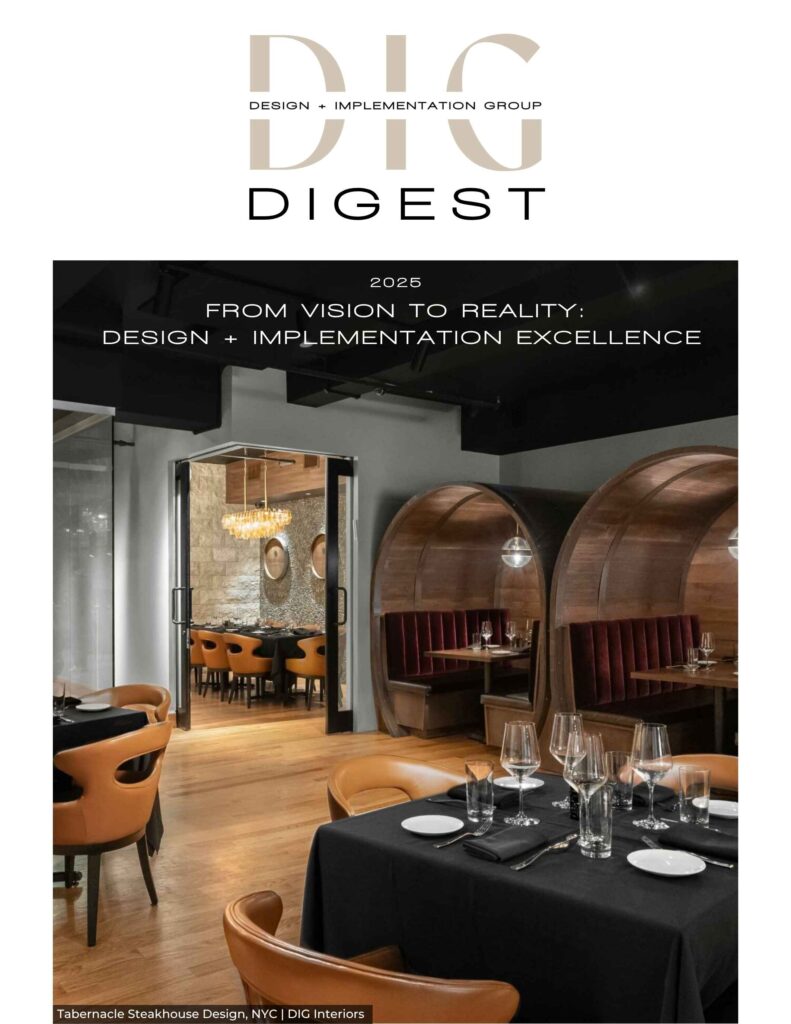Sustainability has become a massive buzzword in recent years, and it has permeated every aspect of our lives, including interior design. Professionals have been taking on the challenge of creating sustainable spaces that are not only beautiful but also eco-friendly. The rise of sustainable interior design has been driven by a growing awareness of the impact of human activities on the environment. In this article, we explore the reasons behind the trend and its implications for the future of interior design.
The Need for Sustainable Design
The world is facing a climate crisis, and the design industry has a significant role to play in addressing it. Climate change is one of the most pressing issues facing humanity today, and the construction and operation of buildings contribute to 39% of global carbon emissions, according to the United Nations Environment Programme. Interior design is no exception, with furniture, lighting, and decorative items contributing to the environmental impact of a space. The need for sustainable design has never been more pressing.
Sustainable design is not just about being environmentally friendly; it is also about being socially responsible. For example, designers can use sustainable materials that are ethically sourced, ensuring that workers are treated fairly and paid a living wage. By using sustainable materials, designers can also support local communities and economies.
The Rise of Sustainable Materials
Designers are turning to sustainable materials to reduce the environmental impact of their projects. These materials include recycled and upcycled materials, which are becoming more widely available. The use of natural materials such as bamboo, cork, and reclaimed wood is also on the rise. These materials not only reduce the environmental impact of a space but also create a unique and aesthetic look.
The use of sustainable materials is not limited to furniture and decorative items. Designers are also incorporating sustainable materials into the construction of buildings. For example, architects are using sustainable building materials such as cross-laminated timber (CLT) to construct buildings that are not only environmentally friendly but also aesthetically pleasing.
Energy Efficiency
Sustainable interior design also involves the use of energy-efficient strategies. This includes the use of LED lighting, which uses less energy than traditional lighting. Designers are also incorporating natural lighting into their designs, reducing the need for artificial lighting during the day. The use of energy-efficient appliances and the integration of smart technology into homes and offices are also becoming more common.
Designers are also exploring the use of renewable energy sources such as solar and wind power to power buildings. The integration of renewable energy sources into buildings not only reduces their environmental impact but also reduces their reliance on non-renewable energy sources.
The Future of Sustainable Interior Design
The rise of sustainable interior design is a positive step towards a more sustainable future. However, there is still much work to be done. The design industry needs to continue to innovate and find new ways to reduce the environmental impact of its projects. This includes the development of new materials and the integration of renewable energy sources into buildings.
Designers also need to consider the entire lifecycle of a product when designing a sustainable interior. This includes the materials used, the manufacturing process, and the end-of-life disposal of the product. By designing products that are recyclable, reusable, and biodegradable, designers can reduce the amount of waste that ends up in landfills.
Conclusion
Sustainable interior design is not just a trend; it is a necessity. As designers, we have a responsibility to create spaces that are not only beautiful but also sustainable. The rise of sustainable interior design is a positive step towards a more sustainable future. By using sustainable materials, incorporating energy-efficient strategies, and embracing new technologies, we can create spaces that are both aesthetically pleasing and environmentally responsible. The future of interior design is sustainable, and it is up to us to make it a reality.
